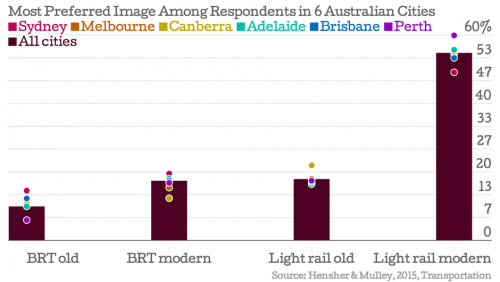Law professor and critical race scholar Kimberlé Crenshaw developed the term” intersectionality” to draw attention to the way that all of our socially salient identities work together to shape the stereotypes that apply to us. The experience of being black, for example, is shaped by gender, just as the experience of being a man is shaped by race.
Once a person has internalized an intersectional lens, the old model — epitomized by the famous phrase “all the women are white, all the blacks are men” — can be jarring. It has a way of making certain kinds of people and their experience invisible. In the above case, women of color.
At this weekend’s debate, Bernie Sanders made exactly one of these jarring statements in response to an inquiry about “racial blind spots.”
When you’re white, you don’t know what it’s like to be living in a ghetto. You don’t know what it’s like to be poor. You don’t know what it’s like to be hassled when you walk down the street or you get dragged out of a car.
I imagine poor white people, middle class blacks, and women everywhere sat up and were like “What!?”
Author Joy Ann Reid noted on twitter that Sanders was conflating race and class, making poor white and middle and upper class black people invisible. Most African Americans are not poor and most poor people are white. She noted, as well, that white immigrants have lived in what we call the “ghetto” for much of American history.
I’ll add that one doesn’t need to be black to get hassled when walking down the street, as most women of all races can attest. Or, for that matter, how about being a feminine-presenting or gender queer man? And being dragged out of a car is something that happens to black people who are being accosted by the police, but also those who are being victimized by violent boyfriends or husbands.
Ironically, Sanders was saying that his racial blind spot was not being able to fully understand the black experience, but he revealed a different blind spot: intersectionality.
The comment starts at about a minute, twenty seconds:
Lisa Wade, PhD is an Associate Professor at Tulane University. She is the author of American Hookup, a book about college sexual culture; a textbook about gender; and a forthcoming introductory text: Terrible Magnificent Sociology. You can follow her on Twitter and Instagram.












